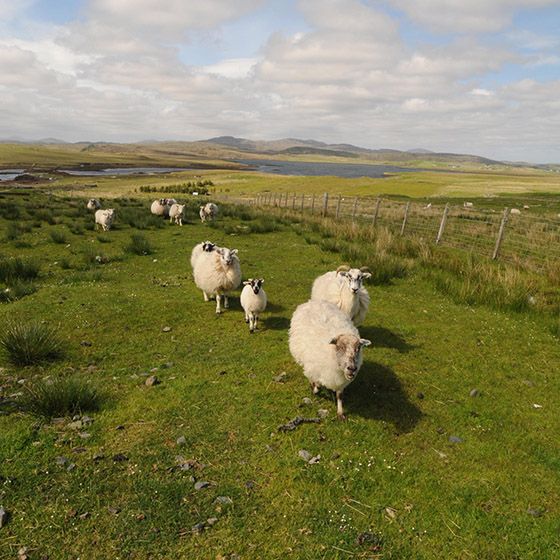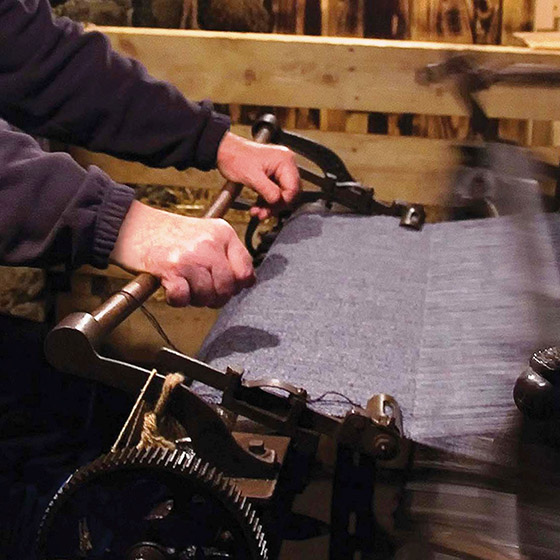Top material overview - know what's inside!
Overview of the most important outer fabrics
Wellington of Bilmore uses outer fabrics of different origins and properties. The selected outer fabrics all have one thing in common: they are of the highest quality and functionality
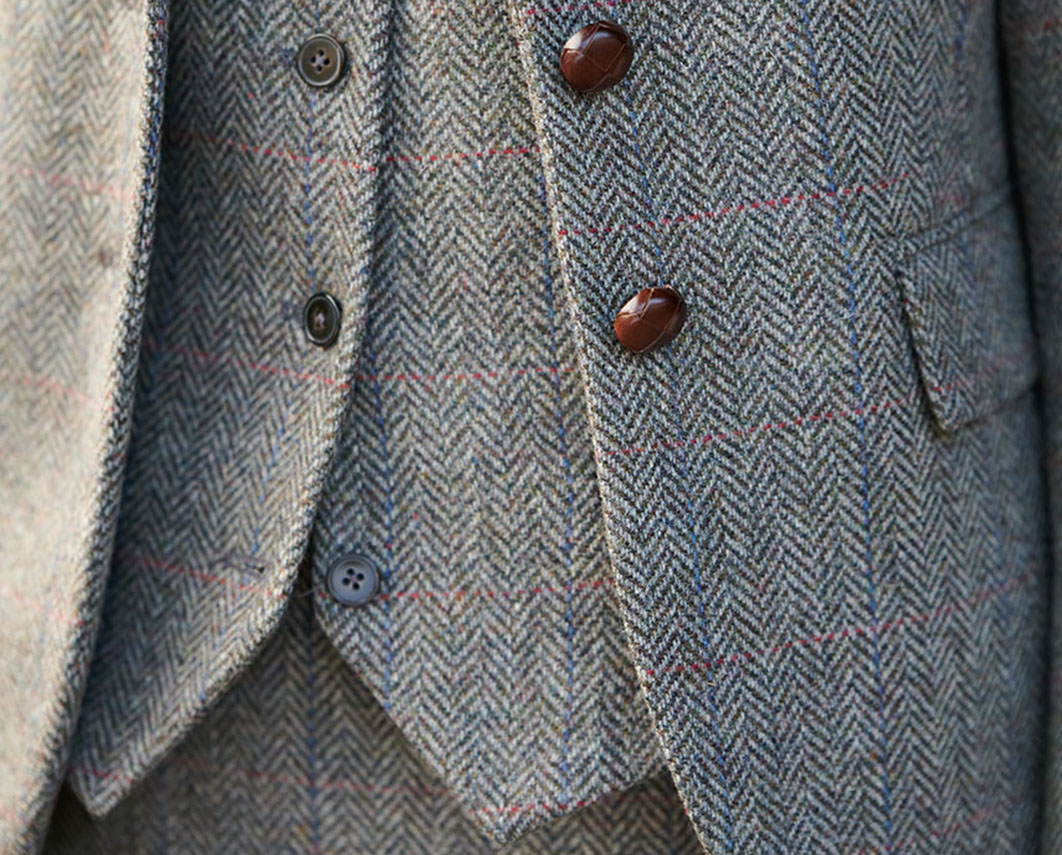
Wool
Wool is primarily understood to be the natural fiber obtained from the warming winter coat of sheep. Wool is a true miracle fiber; it is not only breathable and warming, but also has a natural protective layer that protects against dirt, dust and odor. Wool can also be reused and recycled: A distinction is made between wool and new wool - while the former is the raw material that has already been used and reprocessed, the latter is the freshly shorn (sheared) and processed fiber. With the right care, wool clothing is an eternal companion:
- Reduce washing cycles - airing out clothes is often sufficient thanks to the natural protective layer
- We recommend hand washing, or alternatively a cold gentle wash program with max. 600 revolutions in the laundry bag
- Support drying with a towel and do not hang the clothes, but lay them down
- Protect your closet from moth infestation with lavender sachets
- Wool often pills - this is normal and can be easily removed with the help of a pilling shaver
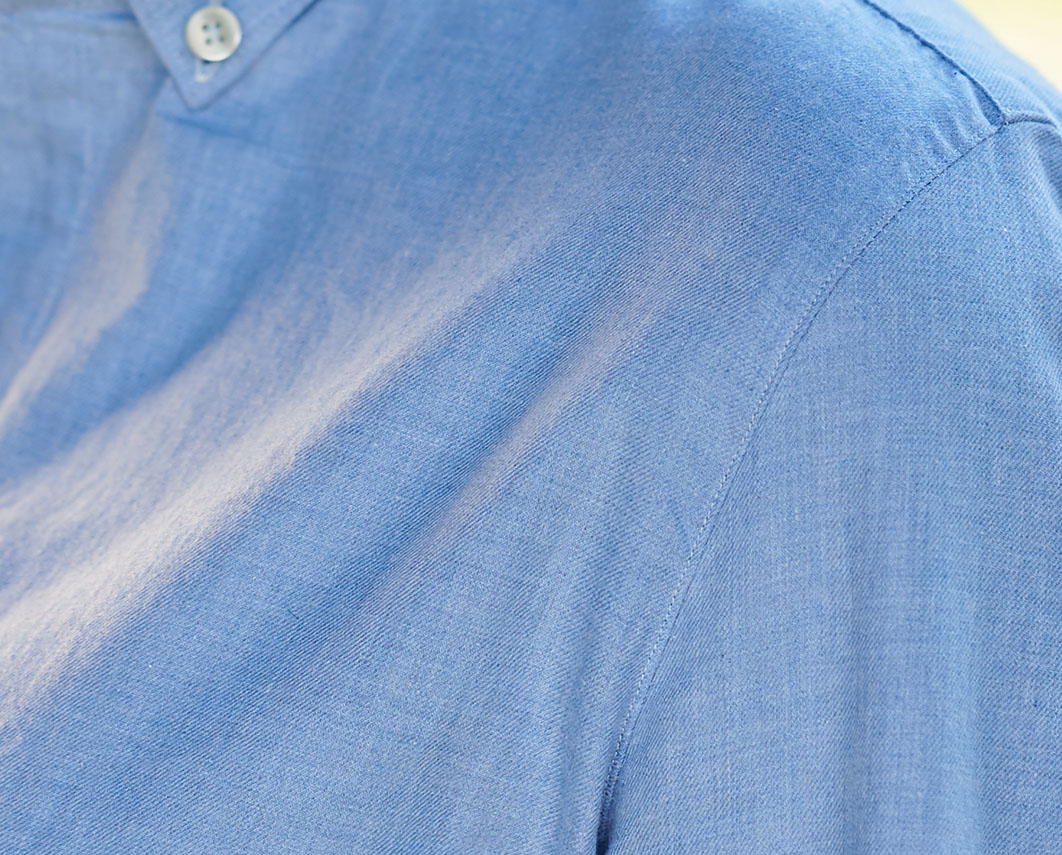
Cotton
Cotton is a versatile natural fiber that is obtained from the seed hairs of the plant. The cotton plant is a very old crop that has been cultivated in India since 6000 BC. In addition to smell, color and purity, fiber length is an important quality feature. It owes its popularity in the textile industry to its breathability, tear resistance and high wearing comfort, among other things. With the right care, cotton is a very durable fiber:
- Even though cotton can be washed at high temperatures, we recommend washing at 30 degrees Celcius to prevent shrinkage and fading
- We always recommend washing inside out, especially for corduroy and denim, to preserve texture and color fastness
- Cotton is best ironed on a low heat while clothes are still slightly damp
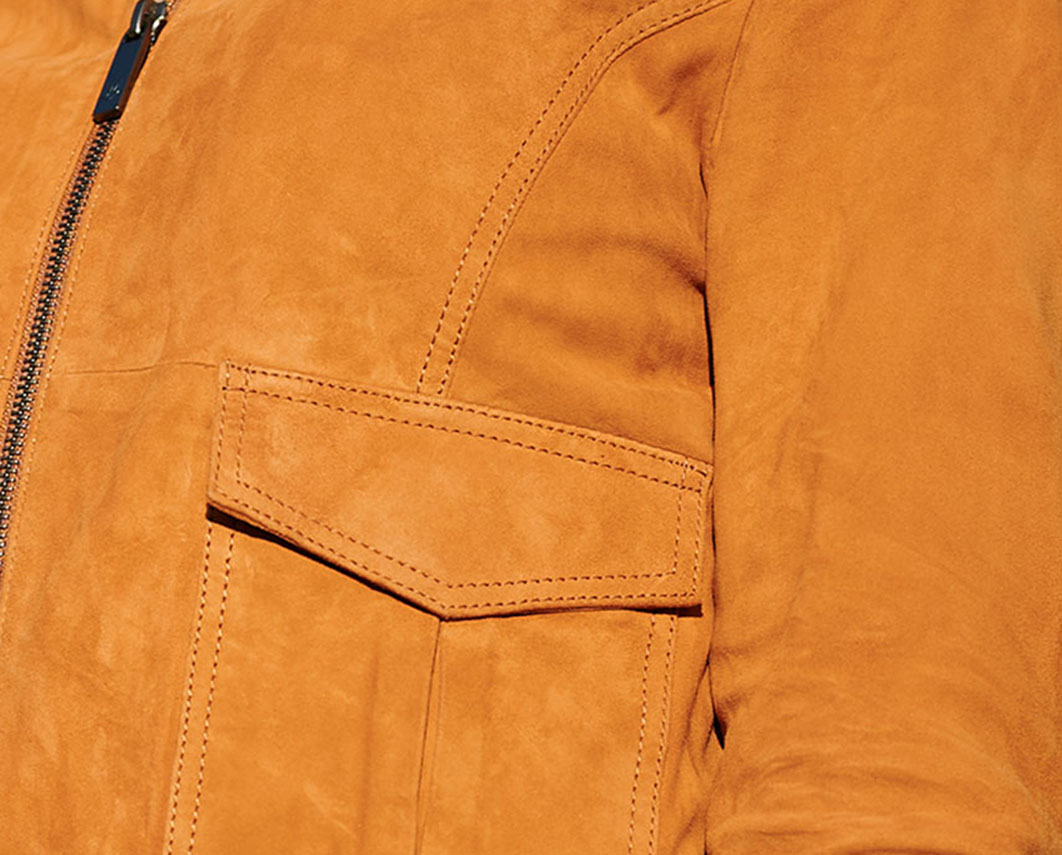
Leather
Leather is a supple and tough outer fabric made from tanned animal skins. It is characterized by its individual structure and feel. Over time, leather develops a certain patina that makes it unmistakable and is often used for very hard-wearing items of clothing as it is particularly resistant and tear-proof. Properly cared for, leather lasts a lifetime:
- Although leather is robust, it does not tolerate moisture, heat, direct sunlight and chemicals
- When wet, it is best to dry the leather part slowly at room temperature
- Always consult a specialist cleaning company for thorough cleaning
- Use a damp cloth for small stains
- Suitable leather care products keep leather products supple

Linen
Linen is made from one of the oldest cultivated plants in the world, flax. Flax is a very frugal plant that does not need fertilizer, a lot of water or a lot of space. Thanks to its long fibers, linen is very resistant and durable, and its breathability and lightness make it the perfect choice for summer. Linen is also lint-free, anti-static and dirt-repellent. Although it is easy to iron, it creases quickly, which is why it is called "linen creases nobly", as the creases show the naturalness and strength of this fine material.
- Wash linen as little as possible. Thanks to its dirt-repellent properties, airing is often sufficient
- To prevent shrinkage, we recommend washing at a maximum of 30 degrees Celsius and on a low spin cycle
- Linen is best air-dried on a hanger
- Be sure to moisten the fabric before ironing
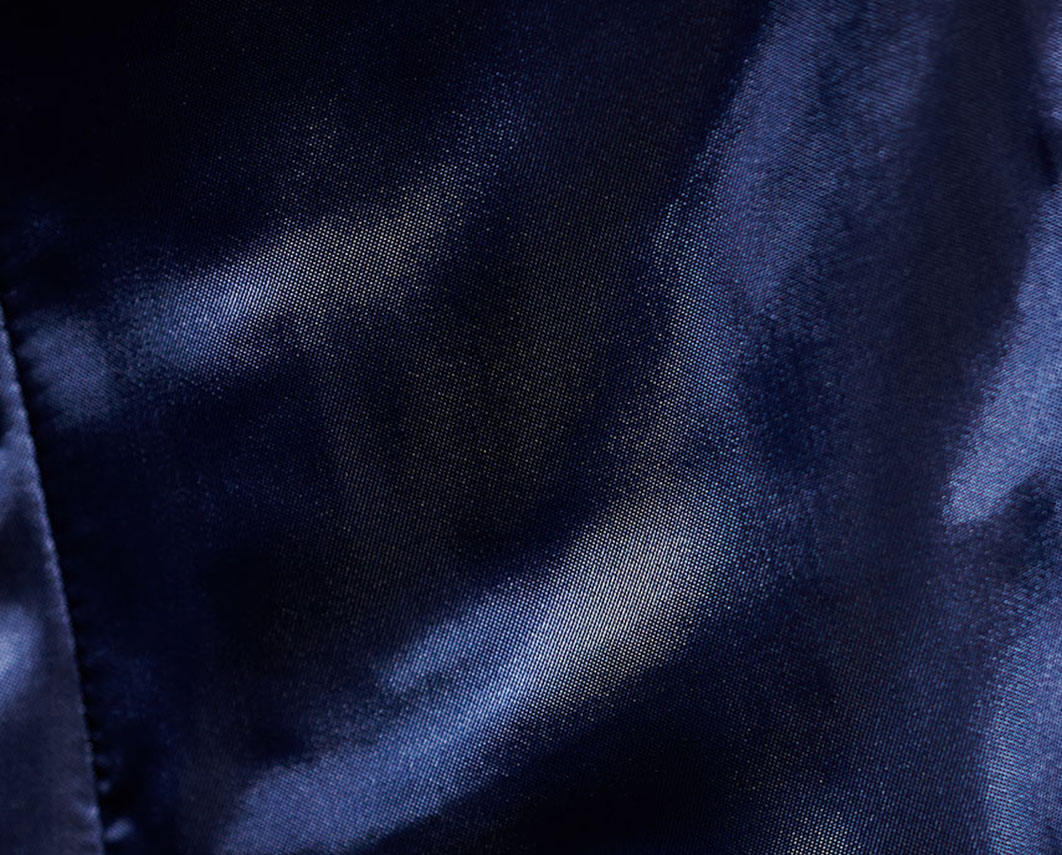
Polyester
Polyester is a so-called filament and is a synthetic fiber that is usually obtained from crude oil. Thanks to its many practical properties, such as tear and crease resistance, polyester is particularly useful as a blended fabric, but also as an inner lining. Other advantages of polyester include quick drying, easy care and durability. How to care for polyester properly:
- A washing temperature of 40 degrees Celcius should not be exceeded. A temperature of 30 degrees is usually sufficient
- Microplastics can be released when washing polyester, so we recommend using a suitable wash bag
- Synthetic garments are best dried in the air and out of direct sunlight, as this preserves the color fastness and protects the fibers
- As a rule, it is sufficient to hang the clothes neatly to avoid creasing. However, if there are creases in the clothes, we recommend ironing them on a very low heat
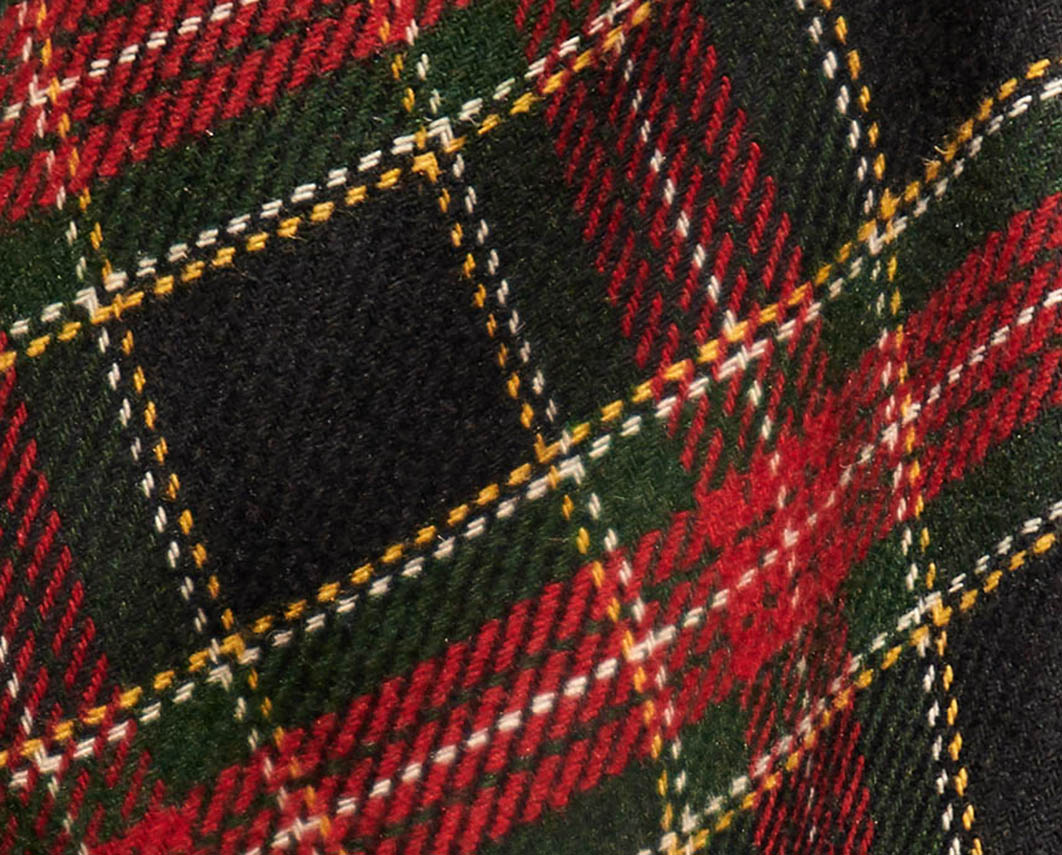
Viscose
Viscose is a regenerated fiber consisting of cellulose, refined by a chemical process and therefore of natural origin from renewable raw materials and thus biodegradable. The cellulose is usually obtained from trees such as eucalyptus, pine and bamboo. This fiber impresses with its special fineness, durability and skin-friendliness. Viscose can also be used to weave a wide variety of wool, silk or linen looks. Thanks to its smooth structure, viscose can be dyed particularly well and brings out the colors brilliantly. Proper care of viscose is particularly important:
- Airing out the clothing is often sufficient. If this is not the case, professional cleaning is always the best solution for viscose
- Viscose is sensitive to heat and does not tolerate strong spin cycles. We therefore recommend cold hand and wool washes at a maximum of 600 revolutions.
- Drying is best done lying on a towel
- We recommend ironing viscose garments inside out and on a low heat.

